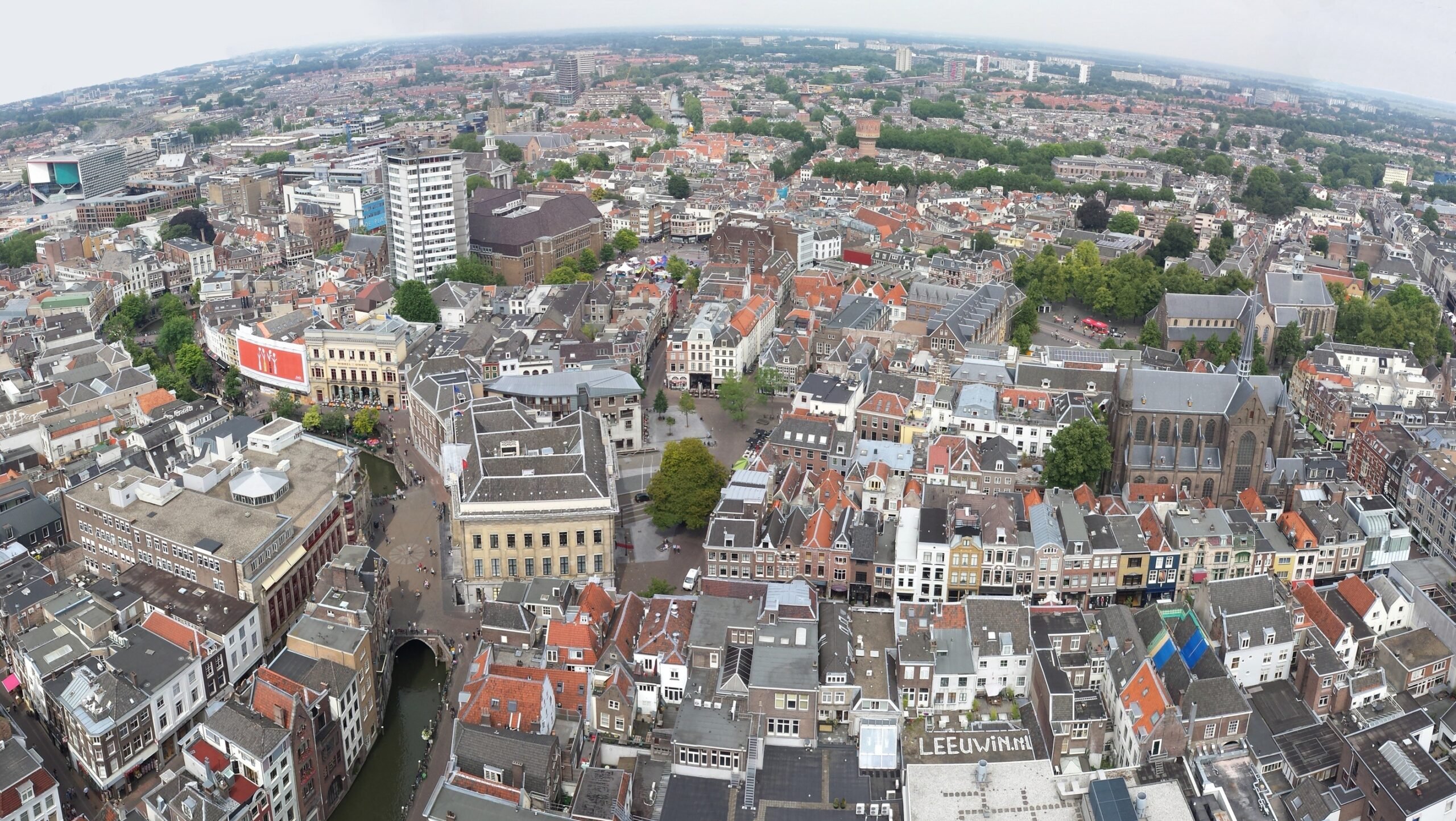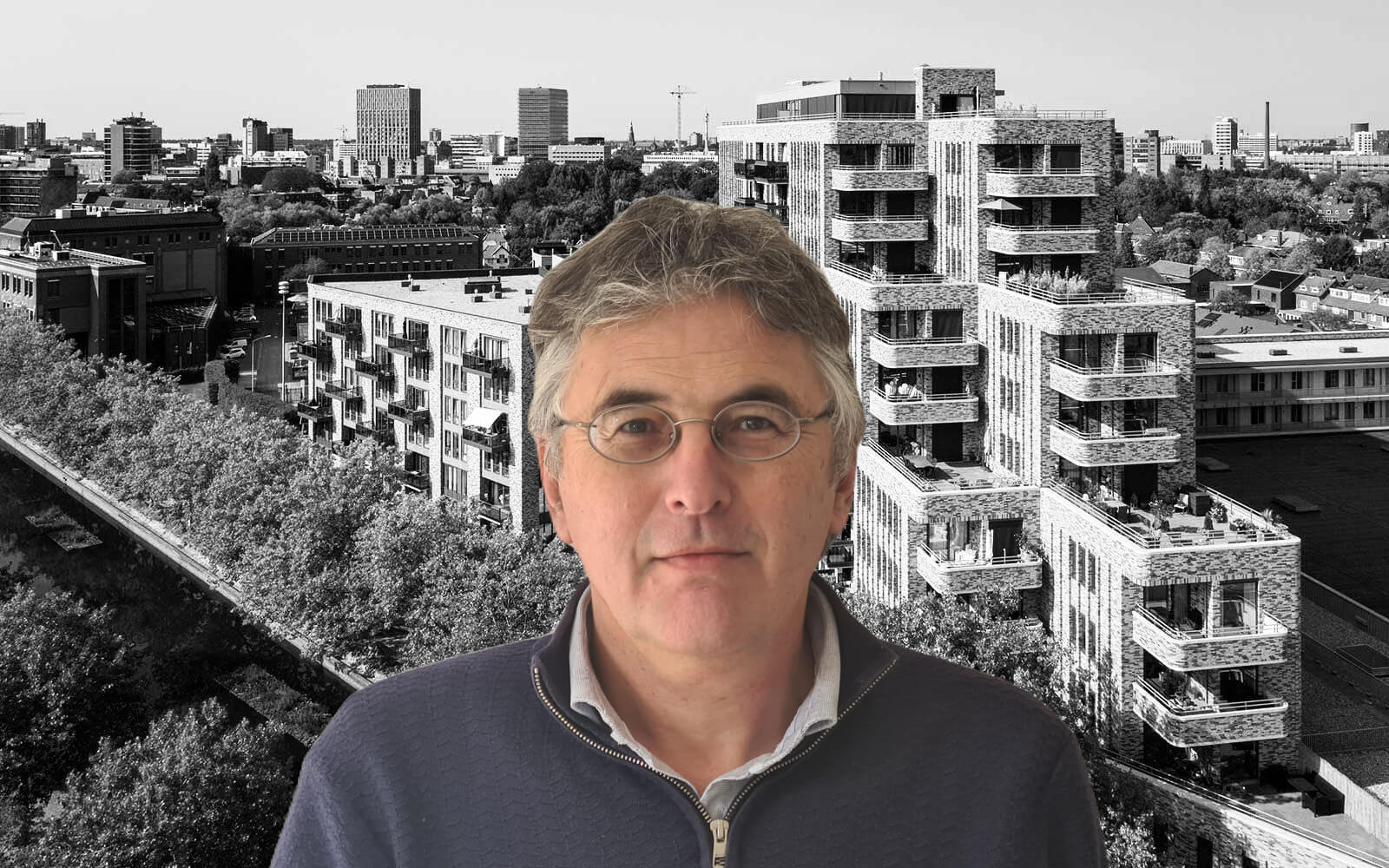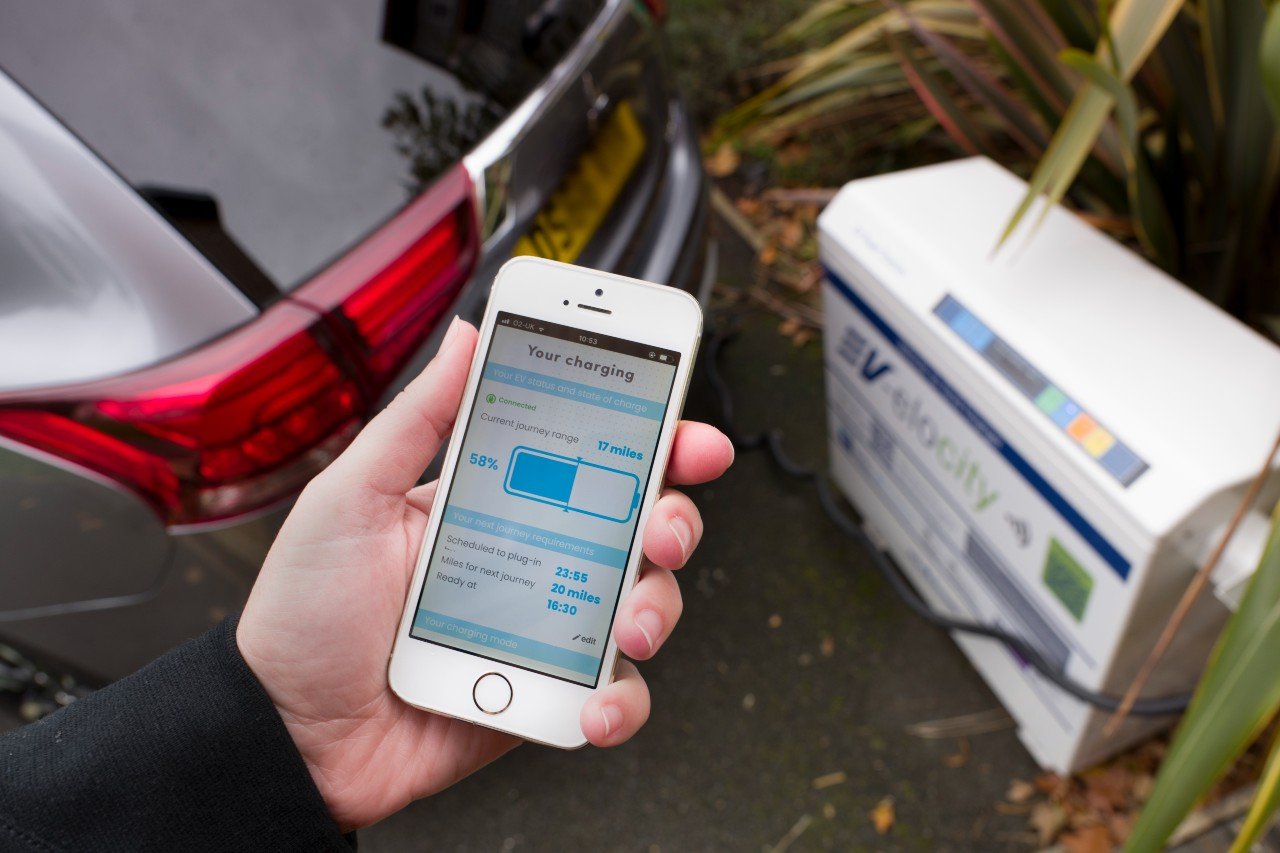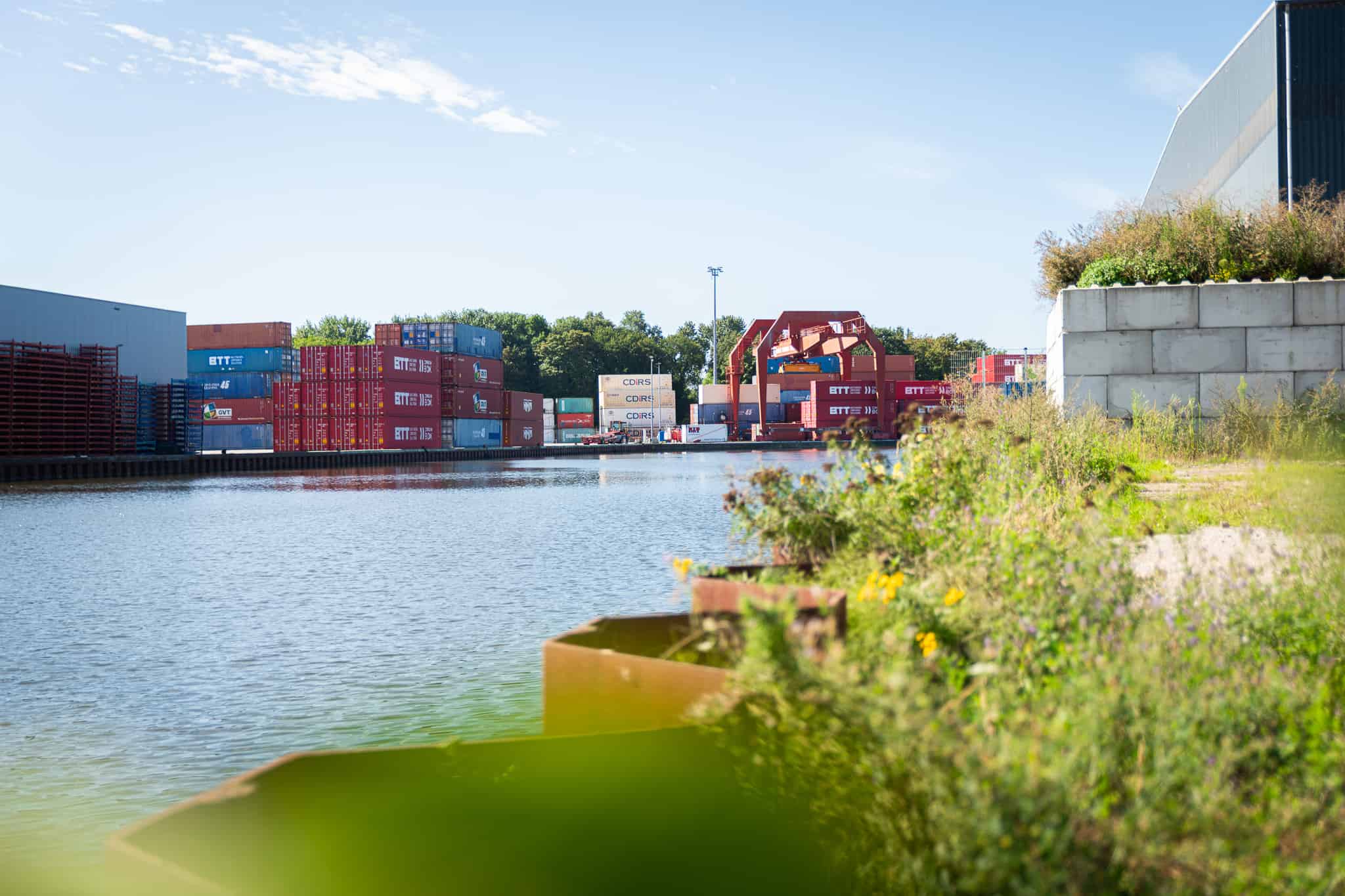
In the recently finalized ‘Vitale Binnensteden’ (‘Vital Inner Cities’) City Deal, the Dutch cities of Utrecht, Rotterdam, Groningen, Eindhoven, The Hague and Amsterdam (aka URGEDA) and nicknamed the G6, are experimenting together with the Dutch government on how to future-proof their inner cities. In order to do this, the “Verkenning G6 binnensteden: sturen op transformatie”, ‘Exploratory study of G6 inner cities: aiming for transformation‘) was recently presented to the Eindhoven inner city councillor Monique Esselbrugge.
This exploratory study is the result of a research design in which the term innovation appears no less than 17 times. The conclusion is that there are generally favourable visions for the city. And that is good news, because the first thing you need for any future is to see a speck on the horizon. Then the question is how you can reach that speck in practice.
Soft policy instruments
Commitment of and direction by the national government is crucial for a transition of inner cities when it comes to their purpose, programming and structure. This means that the government must take a steering role in establishing an integrated spatial planning policy that ensures that plans fit in with the limited (public) space. A (public) space, moreover, that must be flexible in its layout and therefore – not unimportantly – also guarantees that inner cities can evolve with the future. All this requires a detailed reasoning coupled with governmental oversight with soft policy instruments, in combination with financial and legal incentives. Collaboration and innovation are preferable to hard measures, or so we read summing things up.

Area-specific customization
I wholeheartedly agree with that. My own vision is that pressing social issues concerning climate resilience, energy transition, mobility transition, changing demographics, how we use data, sustainability, densification, greening and so on call for a holistic approach in which you make use of the complexity and multi-layered nature of things in an endeavor to solve them coherently and in collaboration. Nobody can do this alone, that much is clear by now. And ultimately everyone wants the same thing. That is, to make the city a better place. This requires an area-oriented approach in which you preserve and strengthen what is good while paying attention to the long term. A multi-layered approach with a distinct identity as a basic premise.
Real estate owners
Where real estate is the key, I would like to add. That field is something you have to be familiar with. You have to understand the people. Because for a heavily real estate-oriented transformation strategy, which is unavoidable in city centers, you will have to talk to the ‘damned’ :-), i.e., real estate owners. The key lies in engaging them. Scientific research can help with that, so that you know when you can best use the right instruments. In any event, put that high on the cooperation agenda. U R G E D A ! is what I would say.
About this column:
In a weekly column, alternately written by Eveline van Zeeland, Eugène Franken, Katleen Gabriels, PG Kroeger, Carina Weijma, Bernd Maier-Leppla, Willemijn Brouwer and Colinda de Beer, Innovation Origins tries to figure out what the future will look like. These columnists, sometimes joined by guest bloggers, are all working in their own way to find solutions to the problems of our time. So tomorrow will be good. Here are all the previous articles.








